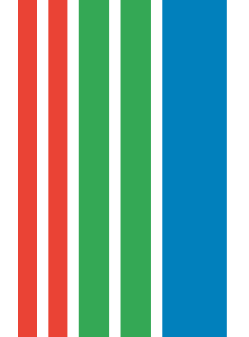Definition of a Laser Diode Controller:
A laser diode controller consists of a constant current source combined with a TEC temperature controller. Their function is to provide constant, stable current to a semiconductor laser and to control the laser's temperature. Laser diode controllers provide both functions. They include an integrated low noise current source to bias the laser as well as an integrated bi-polar current source for the peltier cooler which controls the laser's temperature. While the basic job of the controller is to bias the anode and cathode, quality controller should be selected for the intended application of the laser, the required bias current, the required TEC power and the form factor. Also, just from a semantics persepective, it's worth noting that some people use the single word version and refer to these products as LaserDiodeControllers.
The Current Source:
The current source in a controller is commonly referred to as a laser diode driver. This current source is different than a standard bench-top laboratory power supply current source. The circuit design is based on that of an ideal current source, meaning it is independent of voltage. The laser diode will source as much voltage as is required based on the current set-point. This sourced voltage is referred to as the compliance voltage on the specification sheet. This is the opposite of most benchtop power supplies which source current based on the voltage set-point. The current source typically has the ability to operate in a CW constant current mode and a constant power feedback mode. The power feedback mode is a control loop based on feedback from the monitor photodiode in the diode laser package. Key features of the current source typically include low noise, stable output current over time, and protection for the laser diode. The protection is typically in the form of a limit to the current, a slow start ramp of the current to the desired set-point, and protection against AC power surges or power black-out's in the lab.
The Temperature Controller:
The controller for the laser diode's temperature is typically referred to as a TEC (thermoelectric cooler) controller. It is a bi-polar current source which is typically based on and H bridge circuit design. The device which is actually controlling the temperature of the laser diode is known as a Peltier element. It is typically called a Peltier cooler since it is most commonly cooling the laser diode. A Peltier cooler is a solid state active component which transfers heat from one side of the Peltier element to the other side. It does this based on the direction of the current being applied to the element. Therefore, the H bridge allows the current to switch back and forth between the two sides of the Peltier. This allows the Peltier to cool or heat in order to keep the laser operating at the desired set-point. The heating and cooling current provided by the controller is based on the measurement of the temperature coming from a temperature feedback device such as a thermistor. A LaserDiodeController will typically offer a limit on the high temperature measurement, and will shut-off the bias current if a high temperature limit is reached.
Shop Popular Laser Diode Controller Brands:
